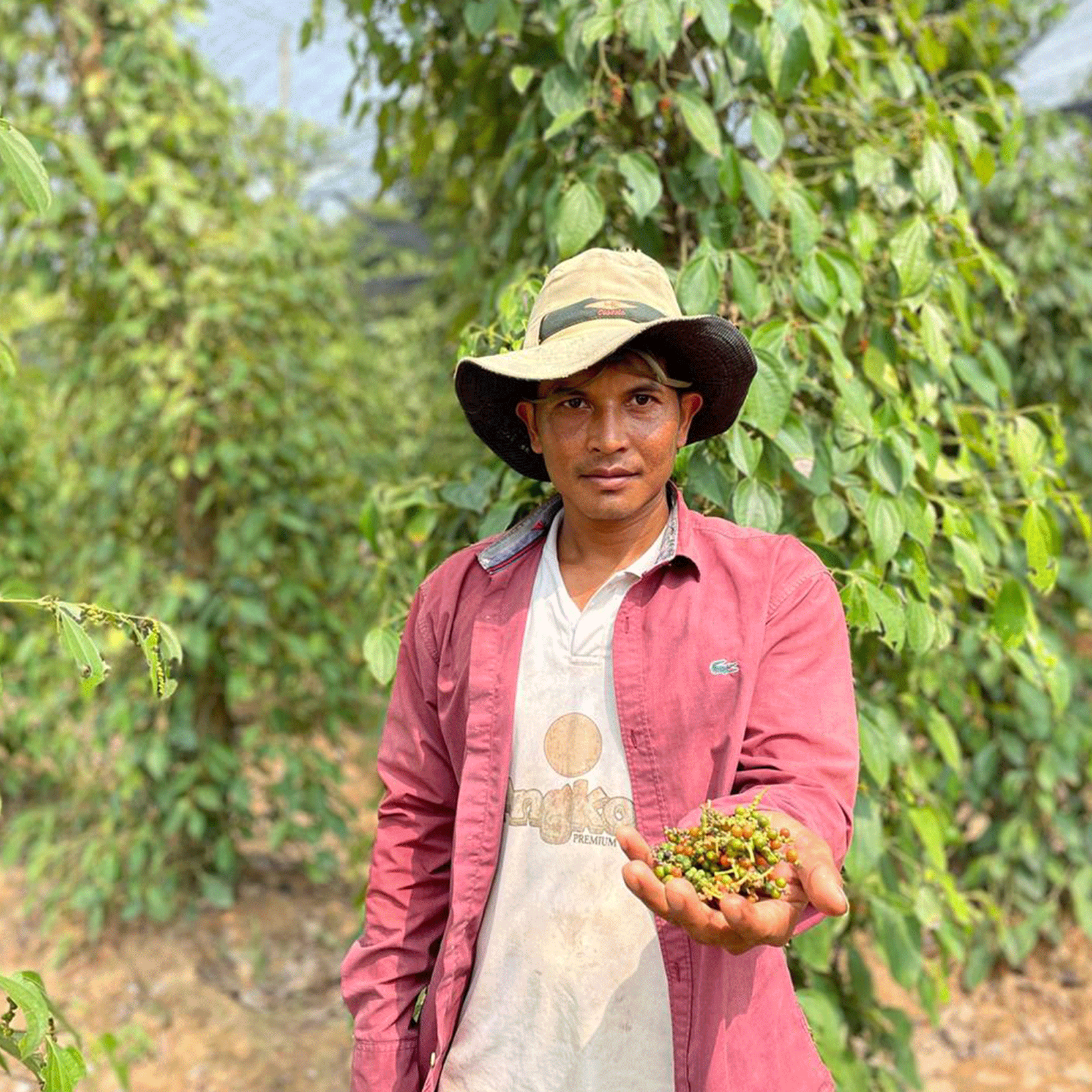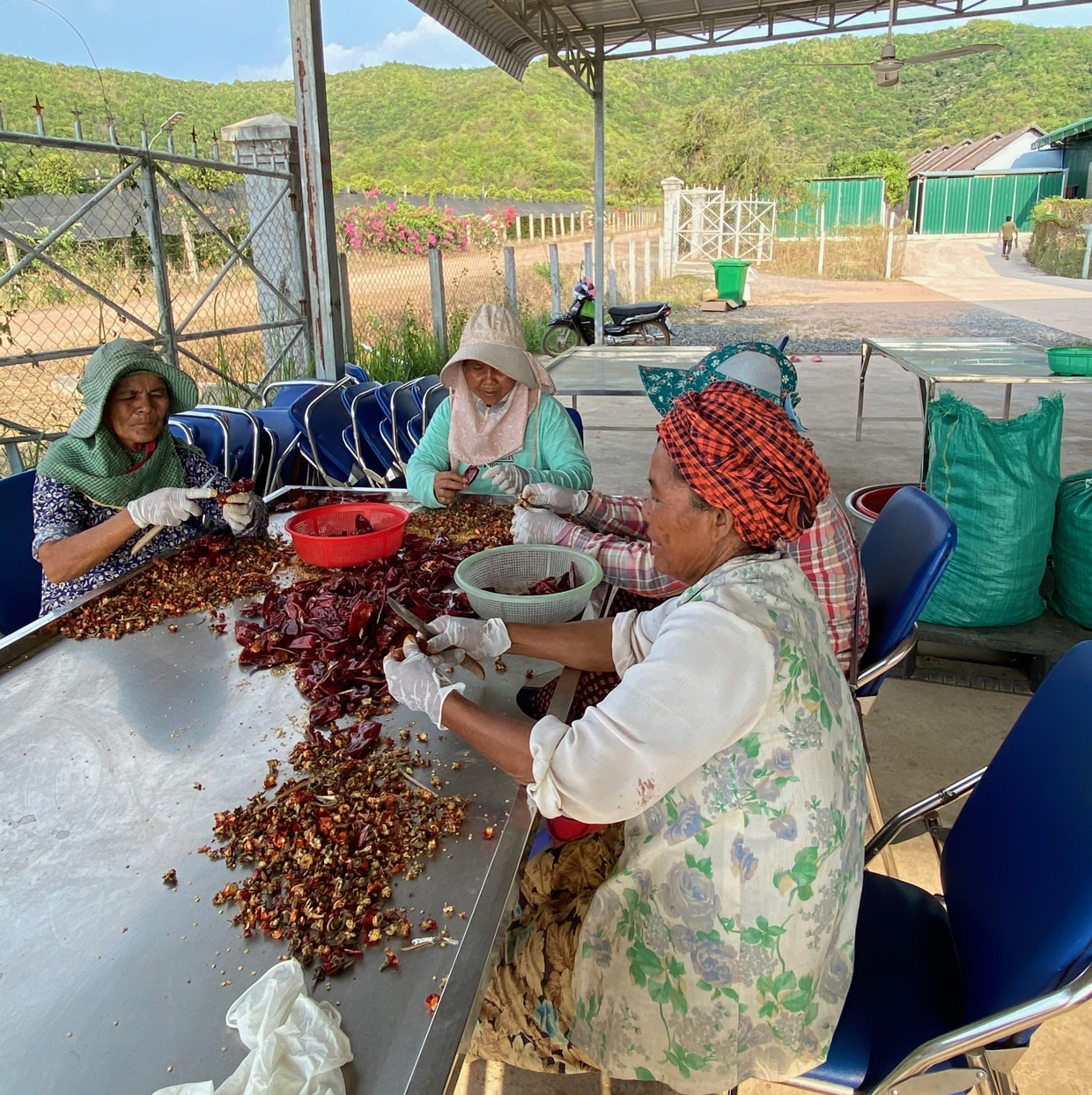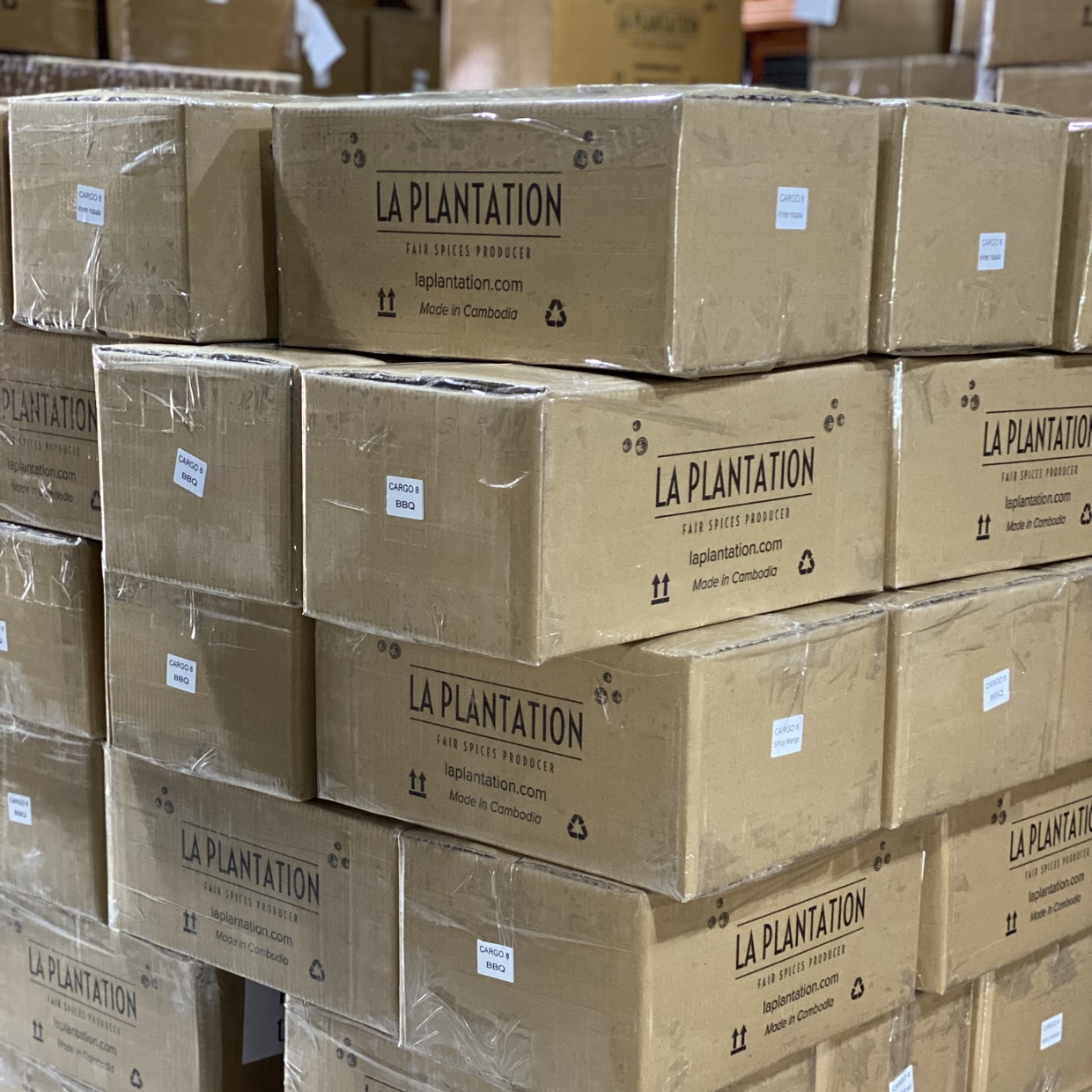

All you need to know about Short food supply chain
A short supply chain is defined as a distribution network that involves no more than one intermediary between the producer and the consumer. This distribution model contrasts with long supply chains, where several intermediaries (wholesalers, distributors, retailers) operate between the producer and the final buyer. The short supply chain aims to bridge the gap between producers and consumers by reducing geographical distances and facilitating direct exchanges.

The Origin of Short Supply Chains
The origin of short supply chains dates back to a time when rural communities produced and consumed locally, with few or no intermediaries. However, with the advent of industrialisation and urbanisation, distribution networks lengthened, introducing numerous intermediaries. The growing awareness of the environmental and social impacts of long supply chains has reignited interest in short supply chains. This movement has gained momentum over the past few decades, driven by increasing concerns about sustainability, food quality, and support for local economies.
Long Supply Chains vs. Short Supply Chains: What Are the Differences?
Long Supply Chains: Long supply chains involve an extended distribution network with multiple intermediaries. These chains are often criticised for their environmental impact due to transportation between different warehouses or locations, loss of product freshness, and difficulty in tracing product origins.
Short Supply Chains: In contrast, short supply chains minimise these issues by reducing the number of intermediaries and the distance products travel. This allows for better traceability, increased product freshness, and direct support for local producers.

Different models of Short supply chains
There are several models of short supply chains, each with its unique characteristics and benefits:
- Direct Farm Sales: Consumers visit the farm directly to buy fresh products. This promotes direct contact between producers and consumers and provides seasonal products. Some farms offer pick-your-own options, allowing consumers to purchase fresh, ripe produce at a lower cost while reducing the farm’s labour needs.
- Farmers’ Markets: Local producers gather to sell their products at dedicated markets. These markets are often held weekly and provide a variety of local products in one place.
CSA (Community-Supported Agriculture): Consumers commit to regularly purchasing boxes of products from one or more farmers. This model relies on a mutual commitment between producers and consumers, often in the form of a subscription. - Online Platforms for Local Products: Websites and apps facilitate direct connections between producers and consumers, allowing for online orders of local products that can be delivered or picked up at a designated location.

Advantages and Disadvantages of Short Supply Chains
Advantages:
- For Consumers: Short supply chains ensure better quality control and traceability of products. Consumers pay a fair price to producers by avoiding intermediary fees, often resulting in fresher and higher-quality products.
- For Producers: Farmers, as the direct producers, guarantee the quality of their products. Short supply chains offer better remuneration by reducing intermediary margins, supporting the maintenance and development of small local farms. Producers can build long-term trust relationships with their customers and reduce dependence on traditional distribution channels.
Disadvantages:
- Limited Availability: Products may be seasonal and limited in quantity, which may not meet all consumer needs.
- Logistics: Managing direct distribution can be more complex for producers, requiring additional efforts for marketing and delivery.
- Accessibility: Not all consumers have easy access to direct sales points or farmers’ markets. Producers may lack the resources to set up online platforms for managing orders from individual customers, facing technological, time, and order management challenges.

What does the consumer gain by choosing a short supply chain producer?
Consumers reap numerous benefits from opting for short supply chain producers:
- Freshness and quality of products: Products are often fresher and more flavorful as they are harvested at peak ripeness.
- Traceability and transparency: Consumers know exactly where their products come from and how they were grown.
- Support for the local economy: Buying through short supply chains directly supports local producers and helps maintain jobs in rural areas.
- Reduction of carbon footprint: By cutting down transportation distances, short supply chains help reduce CO2 emissions. For exotic products, choosing sea transport is also preferable to further reduce the carbon footprint.

Why choose This mode of distribution?
Opting for short supply chains means choosing responsible and ethical consumption. This distribution model highlights the work of local producers, promotes sustainable agriculture, and strengthens social ties between producers and consumers. It also offers greater transparency and trust in the origin and quality of the products consumed.
Contribution to sustainable development, added value creation, and social bonds
Short supply chains actively contribute to sustainable development by reducing the ecological footprint associated with transport and encouraging environmentally friendly farming practices. It brings real social commitment and generate local added value by sustaining jobs and boosting rural economies. Moreover, they strengthen social bonds by fostering direct interactions between producers and consumers, enhancing social cohesion and mutual understanding.









